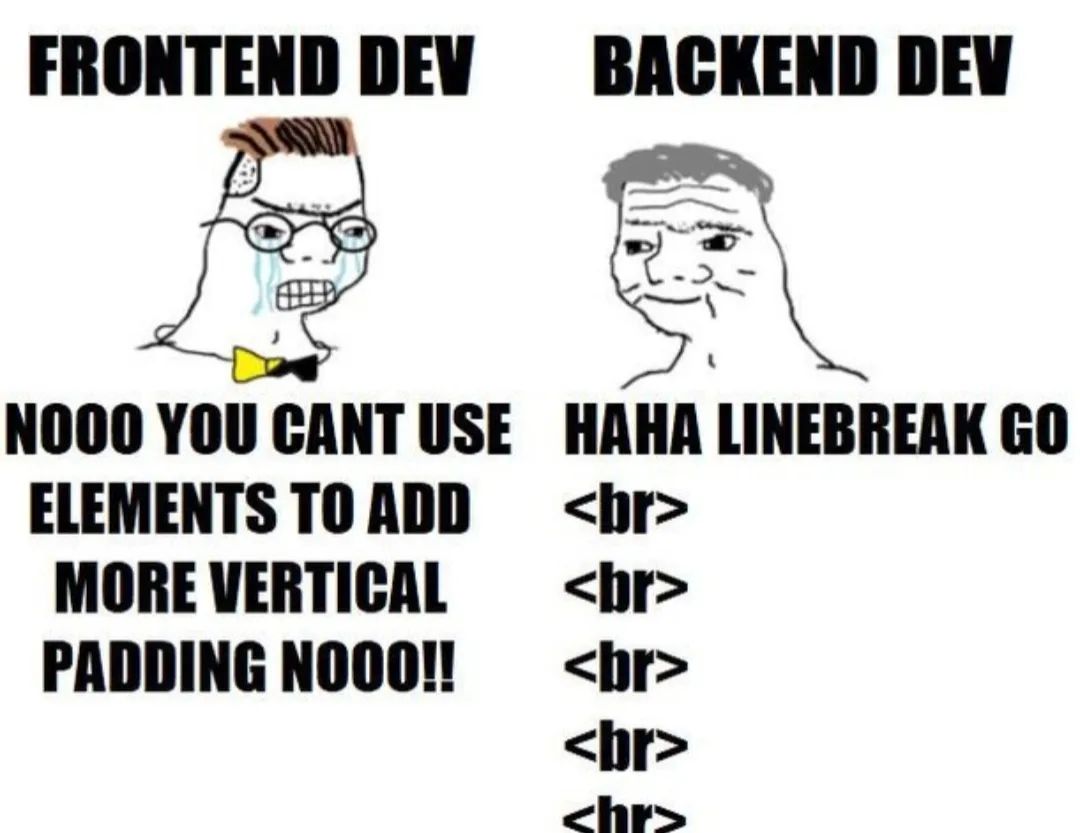I'm sorry Timmy but you're not allowed to have any dessert unless you close your tags like I taught you. Your grandmother was XMLish and you need to carry on our family tradition.
I thought you might do something like this so I got you a backup one from AO3.
